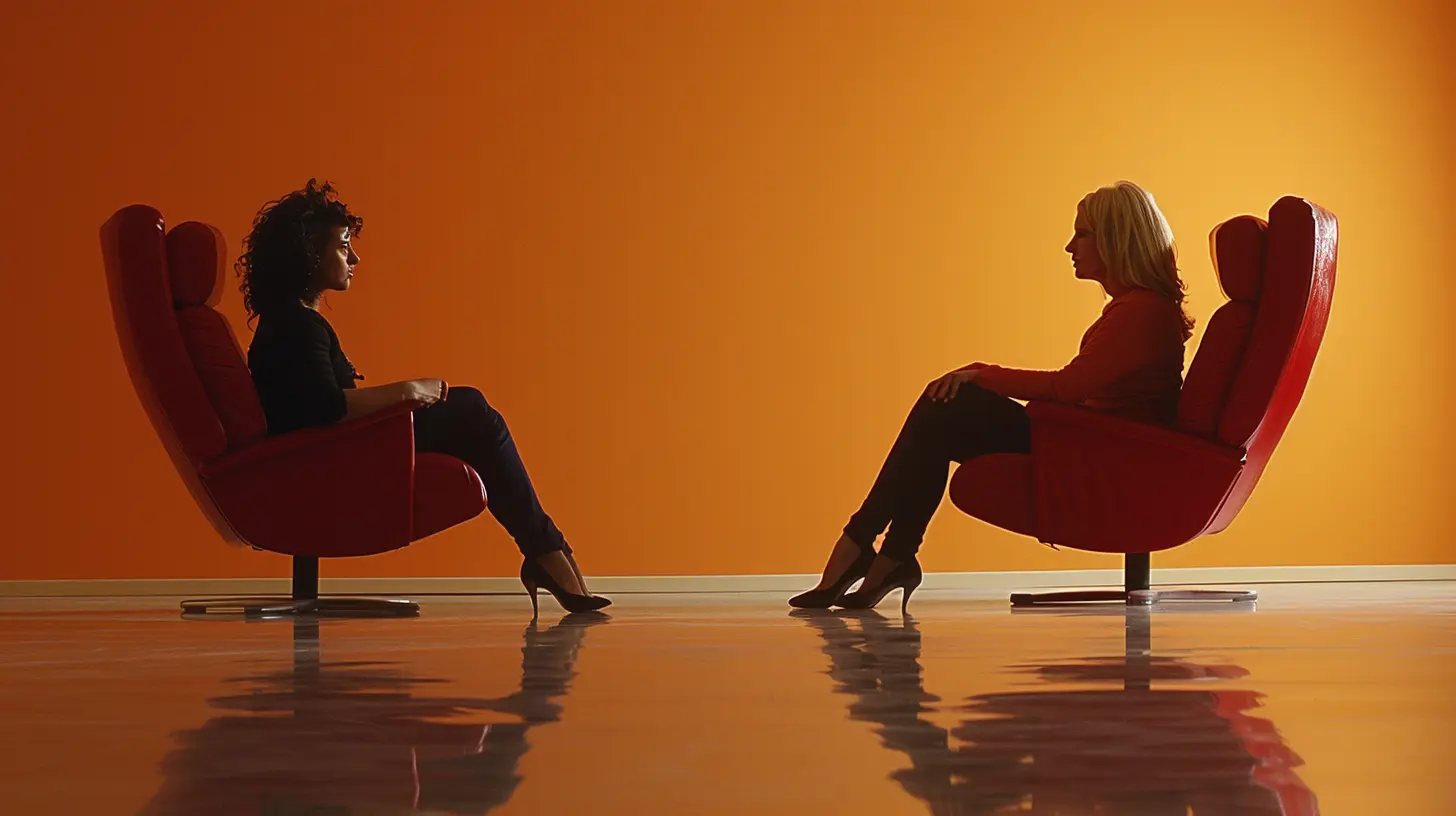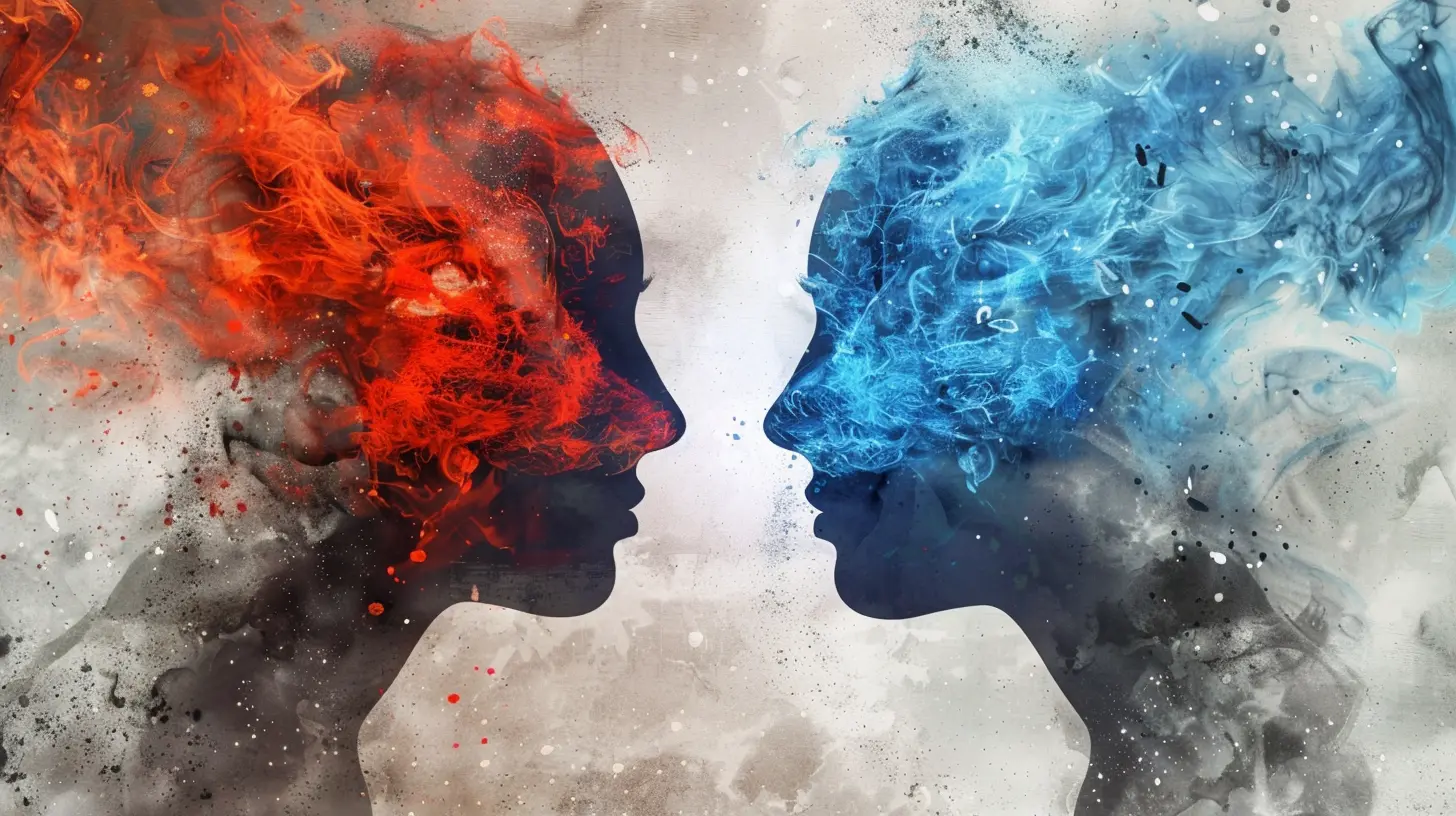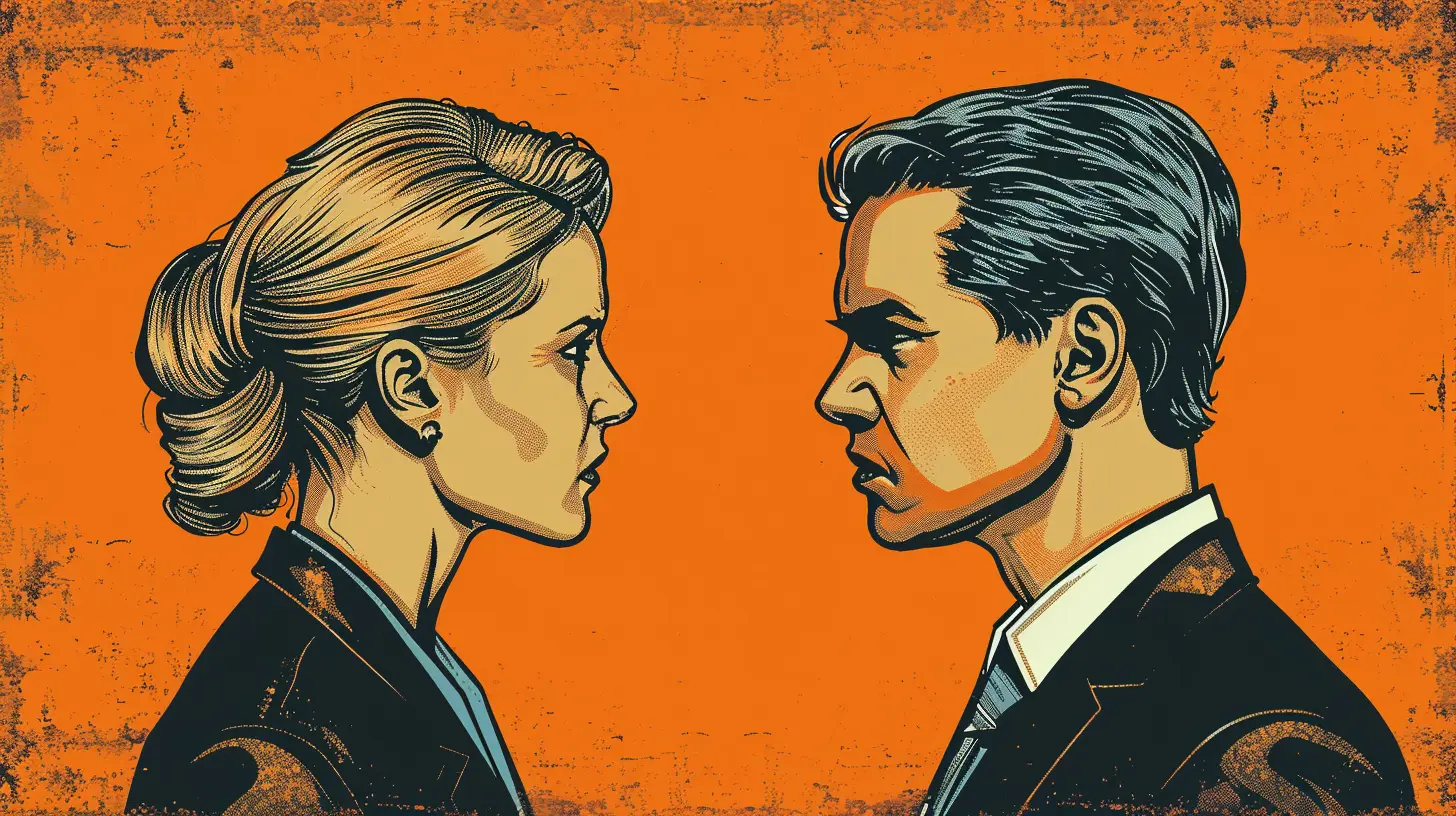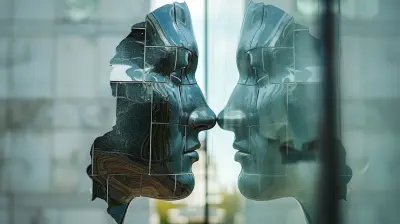The Role of Body Language in Conflict Resolution
12 October 2025
Ever had a conversation where the words seemed okay, but something still felt… off? Maybe someone said, “I’m fine,” but their arms were crossed, their foot tapping like a ticking time bomb? That’s body language, my friend—and it speaks volumes, especially during conflict.
In those tense moments where emotions rise and frustrations simmer, our bodies often do the talking before our mouths even catch up. So, what role does body language actually play in resolving conflict? And more importantly—how can you use it to calm stormy waters instead of fueling the fire?
Let’s break it down.
Why Body Language Matters More Than You Think
Alright, let’s get this straight—when it comes to communication, words are just the tip of the iceberg. According to research, only about 7% of the message is delivered through words, while a whopping 93% is nonverbal—38% tone of voice, and 55% body language.Let that sink in.
So even if you're saying the right things, your body could be sending a totally different message. That’s why reading body language—and managing your own—is absolutely crucial when resolving conflicts.

Reading the Room: Nonverbal Cues to Watch For
Imagine stepping into a room mid-argument. You don’t need a transcript to feel the tension, right? That’s your brain picking up nonverbal cues, such as:- Crossed arms – often a defensive or closed-off gesture.
- Avoiding eye contact – can suggest discomfort, guilt, or dishonesty.
- Tensed jaw or clenched fists – might signal anger or anxiety.
- Fidgeting – usually a sign of nervousness or impatience.
- Mirroring – when someone subtly copies your posture or gestures, it can indicate rapport or empathy.
- Posture – slouching may read as disinterest, while leaning in shows engagement.
These signals don’t exist in a vacuum. Context matters. But paying attention to these subtle cues can give you a clearer road map through emotional territory.
The Silent Power of Facial Expressions
Your face? It’s like a giant neon sign flashing your feelings to the world.When you’re in conflict, frowning, eyebrow-raising, eye-rolling—these tiny expressions scream louder than words. Ever had someone roll their eyes while you’re trying to make a point? Yeah, instant frustration.
Here’s the deal: intentionally softening your facial expressions can counter tension. A calm and neutral face helps both parties feel less threatened, creating a space where real dialogue can begin.
The Energy Behind Gestures
How do your hands move when you talk? Are they slicing through the air like karate chops or gently flowing like waves?Aggressive gestures—like pointing, abrupt hand movements, or invading personal space—can escalate conflict fast. On the flip side, open palms, slow movements, and relaxed hands communicate safety and willingness to connect.
Try this: next time you're in a heated conversation, rest your hands on the table or fold them gently in your lap. It's subtle, but it signals, “Hey, I’m not here to fight.”
Eye Contact: The Goldilocks Principle
Too little eye contact feels shady. Too much? Now you're just staring someone down, and that can feel aggressive.You want the “just right” level of eye contact—enough to show presence and respect, but with regular breaks so the other person doesn’t feel like they’re under a microscope.
Good eye contact says, “I’m listening. I care.” And in conflict resolution, that’s half the battle.
Personal Space: Respect the Invisible Bubble
Everyone’s got a comfort zone—kind of like an invisible bubble. Get too close, and people instinctively pull back. Too far, and it can feel like you’re not engaged.Pay attention to how the other person reacts as you position yourself. If they lean in, maybe they’re comfortable. If they angle away, back up a bit. Respecting personal space shows empathy—and in tense situations, empathy is gold.
Tone of Voice: Where Body and Words Collide
Okay, I know we're talking body language here, but tone of voice plays a big part in nonverbal communication. You could say, “I understand,” in five different tones and convey five totally different meanings.Slow down. Keep your tone calm, even if you're passionate about your point. A gentle tone can defuse defensiveness in seconds, while a sharp or sarcastic one can send someone straight into fight mode.
Showing Empathy Without Saying a Word
You don’t have to say “I understand” to show that you care. Your body can do it for you.Things like nodding slightly while the other person speaks, leaning forward a little, and keeping your body relaxed—all create a sense of psychological safety. And that’s what people need most during heated situations: to feel seen, heard, and safe.
How to Use Body Language to Defuse Tension
So now you know what to look for. But how do you actively use body language to dial down the drama?Here are a few practical tips:
1. Stay Grounded
Plant your feet shoulder-width apart, take deep breaths, and keep your movements controlled. A stable body posture helps regulate your emotions—and it shows the other person you’re anchored, not ready to bolt or explode.2. Use Open Gestures
Avoid crossing your arms or hiding your hands. Show your palms occasionally when you talk—it creates a sense of transparency.3. Mirror (But Don’t Mimic)
Subtly matching someone’s posture or gestures can build rapport. It's a psychological trick that says, “We’re on the same page.” But keep it subtle—no one likes feeling copied.4. Slow Your Movements
Fast, jerky movements? They can come across as hostile or anxious. Smooth, slow gestures feel calm and in control. It helps set the tone for the conversation.5. Smile Genuinely (When Appropriate)
Not the fake “customer service” smile—but a warm, empathetic one. Even just softening your face can go a long way. It tells people, “I’m not your enemy.”When Words Fail, Body Still Talks
Sometimes, during a heated moment, you blank. Words fail you. That’s okay. Your body can still hold space.Simply staying present, keeping your body language open and calm, and using your eyes and gestures to validate the other person’s feelings can keep things from spiraling. Silence, when paired with supportive body language, can be incredibly powerful.
The Flip Side: Watching Your Own Triggers
Let’s be real—it’s easy to get wrapped up in someone else’s body language and forget your own. If someone gets defensive, we tend to mirror them without even realizing it.But the key to conflict resolution isn’t reacting—it’s responding.
Next time you notice someone’s gestures becoming harsh or defensive, take a breath. Don’t copy their posture. Instead, consciously soften your own. Like emotional judo, you’re redirecting the energy instead of pushing back.
Real-Life Example: The Tense Team Meeting
Let’s paint a picture…You’re in a team meeting. Things get heated. One coworker’s voice rises, and they're pointing aggressively. Everyone stiffens.
Now, you could match that energy, get louder, and throw in some finger-pointing of your own. But you’d just be tossing gas on the fire.
Instead, you lean forward slightly, keep your hands visible, nod gently as they speak, and soften your expression. No magic words—just calm presence.
Slowly, the energy shifts. The other person exhales. They feel heard. The conversation actually moves forward.
All because you used body language like a pro.
Conflict Happens—But So Can Resolution
No one’s immune to conflict. Whether it’s with a partner, coworker, friend, or family member—clashes are part of life.But here’s the beautiful part: you don’t always need the perfect words. Sometimes, just showing up with calm, grounded body language can do more to resolve a conflict than any clever argument ever could.
Use your body to create safety. Use your presence to show empathy. Use silence and stillness to invite openness.
Because when it comes to human connection, what we say matters.
But how we say it—without words? That’s where the real magic happens.
Final Thoughts
At the end of the day, body language is the emotional glue holding conversations together. It can spark conflict—or soothe it. It can push people away—or pull them in.It’s not about tricking people or putting on a show. It’s about being mindful, intentional, and human.
So next time a storm brews, don’t just listen with your ears. Listen with your eyes. Speak with your posture. Respond with your presence.
Because you're not just a voice in the conversation—you're a whole body in it.
And every inch of it has something to say.
all images in this post were generated using AI tools
Category:
Conflict ResolutionAuthor:

Janet Conrad
Discussion
rate this article
1 comments
Lilith Rivera
Body language speaks louder than words in conflict resolution. Mastering non-verbal cues can transform tense interactions into constructive dialogues. Ignoring this power is a missed opportunity for connection and understanding. Embrace it.
October 28, 2025 at 4:59 AM

Janet Conrad
Thank you for highlighting the importance of body language in conflict resolution! I completely agree that mastering non-verbal cues can significantly enhance communication and foster understanding.


